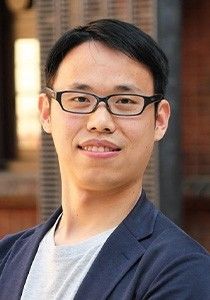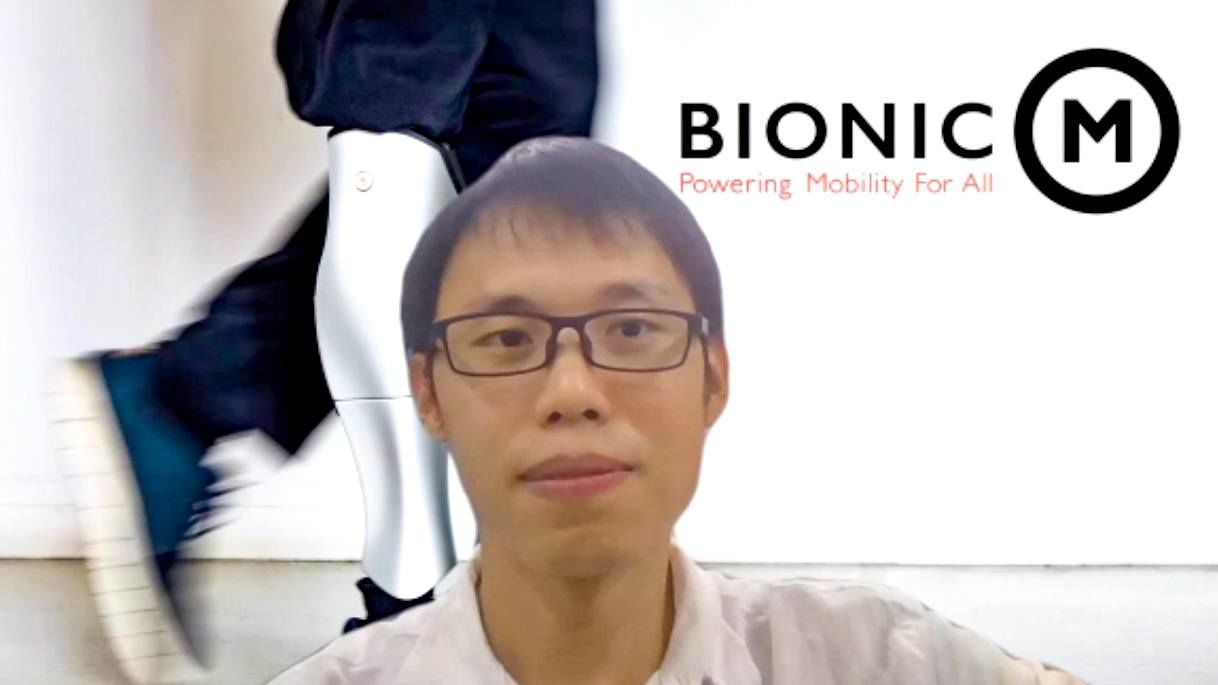
An Amputee and His Revolutionary Bionic Leg
- English
- 日本語
- 简体字
- 繁體字
- Français
- Español
- العربية
- Русский
“Like Walking with Your Own Muscles”
In July 2021, Sun Xiaojun was extremely busy as he worked to launch the bionic leg he had been developing for six years.
“We’ve gone through multiple phases with members of the public who use prosthetic legs trialing our leg and giving us their feedback. We then reflect this in the development process. I began wearing the leg myself in January. We’re currently making some final tweaks and improvements as we discuss issues with the manufacturer we’re working with, and the plan is to have the leg on the market by the end of the year.”
Currently, most prosthetic legs are passive, nonpowered devices that require the wearers to provide all of the strength to achieve movement. But Sun’s invention is different, as he explains: “Our bionic leg combines multiple built-in sensors that detect the wearer’s movements with motors that assist walking, making the leg less tiring to use. Even on stairs, the leg feels natural, like using your own muscles. It’s also fall resistant, and easy to use.”
The mission of BionicM, the University of Tokyo startup founded by Sun three years ago, is to “power mobility for all.” BionicM aims to use robotics to develop devices that help all people, be they elderly or physical disabled, to be independently mobile, as well as providing related services. The “M” in BionicM stands for both “man” and “mobility,” showing the company’s commitment to marrying humans with technology.
A Life-Changing Diagnosis
It was the experience of using crutches for 15 years of his life that inspired Sun to develop a bionic leg.
Sun was born in 1987 in a remote part of Guizhou, a province in southwest China. “It’s a very rural area. These days, now that the local thermal springs have become well known, there are more tourists, but back then the place was undeveloped. There was nothing there. I spent all my time playing as a kid and was crazy about basketball.”
When Sun was nine, his carefree childhood took a sudden turn for the worse when he lost his right leg to osteosarcoma, a form of bone cancer. “I became depressed, realizing that I wouldn’t be able to do things in the way I used to,” he says.
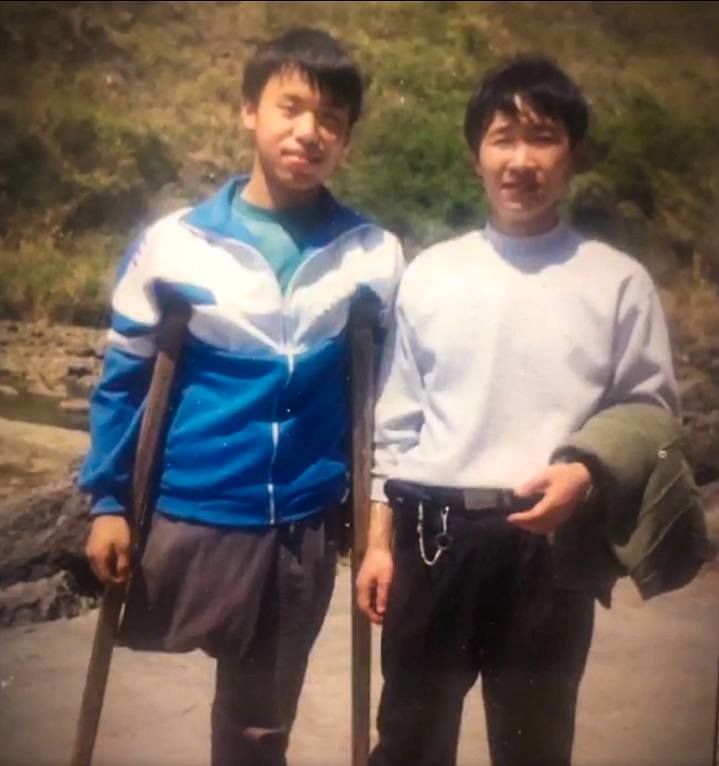
Sun, on crutches, as a young man.
When his parents told him to think hard about how he would survive after they were gone, Sun became anxious about his future. With one leg, he wouldn’t be able to work on the farm or do physical jobs. At the time, he says, he was unable to buy an expensive prosthetic leg because China offered little in the way of grants or support schemes for the disabled. With no choice but to use crutches, he had a difficult life.
Sun decided that his only option was to give himself a future through academics. He studied day and night, and his marks improved steadily. He got into one of the few high schools in Guizhou that prepares students for university entrance, and in 2006 was admitted to the prestigious Huazhong University of Science and Technology in Wuhan, Hubei Province.
“I still didn’t know what I wanted to do with my future, but decided to major in materials engineering because Huazhong University is well known in that area,” he says.
Saying Goodbye to Crutches in Japan
Sun attended Tōhoku University for a year as an undergraduate exchange student. “Tōhoku is one of the world’s leading universities for materials engineering,” he explains. “I wanted to learn about Japan’s amazing technology, so I applied to study there as an exchange student. I had never studied Japanese, however. Back then, I still intended to do my postgraduate degree in the United States, so I’d been studying English. However, during my year in Japan, I fell in love with the country. Despite my lack of language skills, everyone was very kind to me. Sendai is a beautiful city with a fantastic environment. While it was hard commuting to university by bus with my crutches, I felt Japan had fewer barriers than China, and I started thinking about doing my postgraduate study in Japan.”
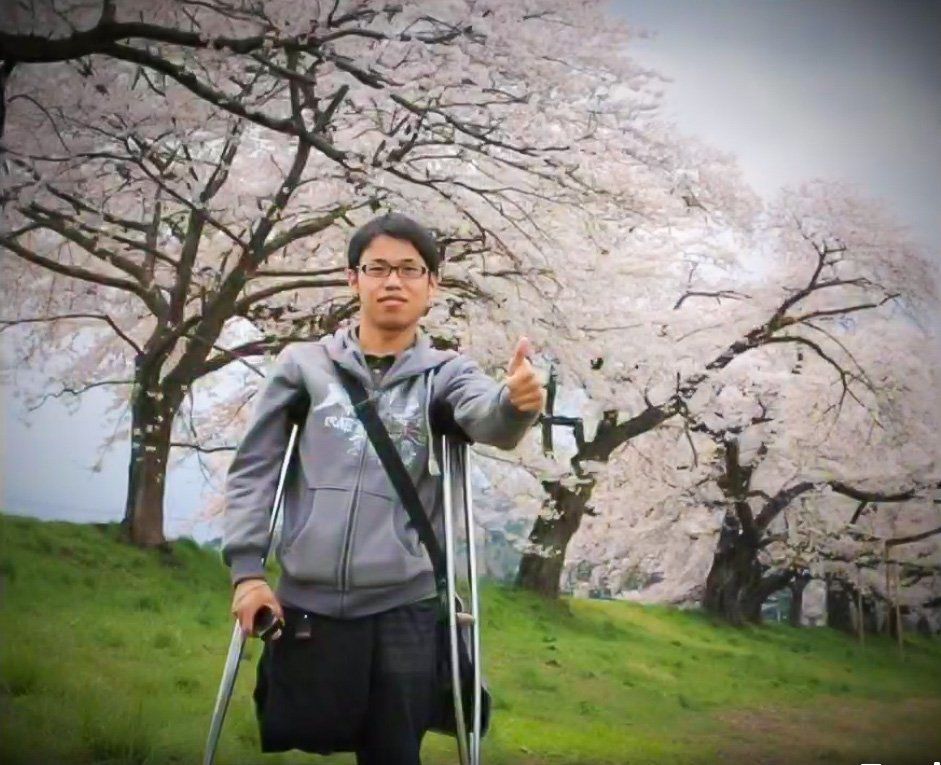
A trip to the famed cherry blossoms on the banks of Miyagi Prefecture’s Shiroishi River.
In 2010, Sun graduated from Huazhoung University and began studying for a master’s degree at the University of Tokyo.
“I majored in mechanical engineering, which was a natural development of my study of materials engineering, and researched fuel cells. I wanted to work in the energy field, as energy is a global issue. I was also an avid student of Japanese.”
He soon found his focus shifting though. “While doing my master’s, I began using a prosthetic leg that I had made using a grant scheme for people with disabilities.” While he was happy to get away from crutches and be able to use both hands, conventional passive prosthetics were a hassle to use. “I decided I wanted to create a leg that was more user-friendly.”
Recognition at SXSW
After gaining his master’s in engineering, Sun accepted a position at Sony, where he was assigned to a division that developed speakers. While this job did not let him work in fuel cell development as he would have liked, Sun says he enjoyed working in device manufacturing, which involved procurement, assembly, and enhancement of sound quality. At the same time, now walking on his new leg, he was very prone to falls, and this only made his desire to develop a fall-resistant prosthetic stronger.
Deciding he wanted to work on prosthetic leg development, Sun left Sony just over two years later in 2015, and enrolled in the doctoral program at the University of Tokyo. The information systems engineering lab, which conducted research into humanoid robots, became his new battleground.
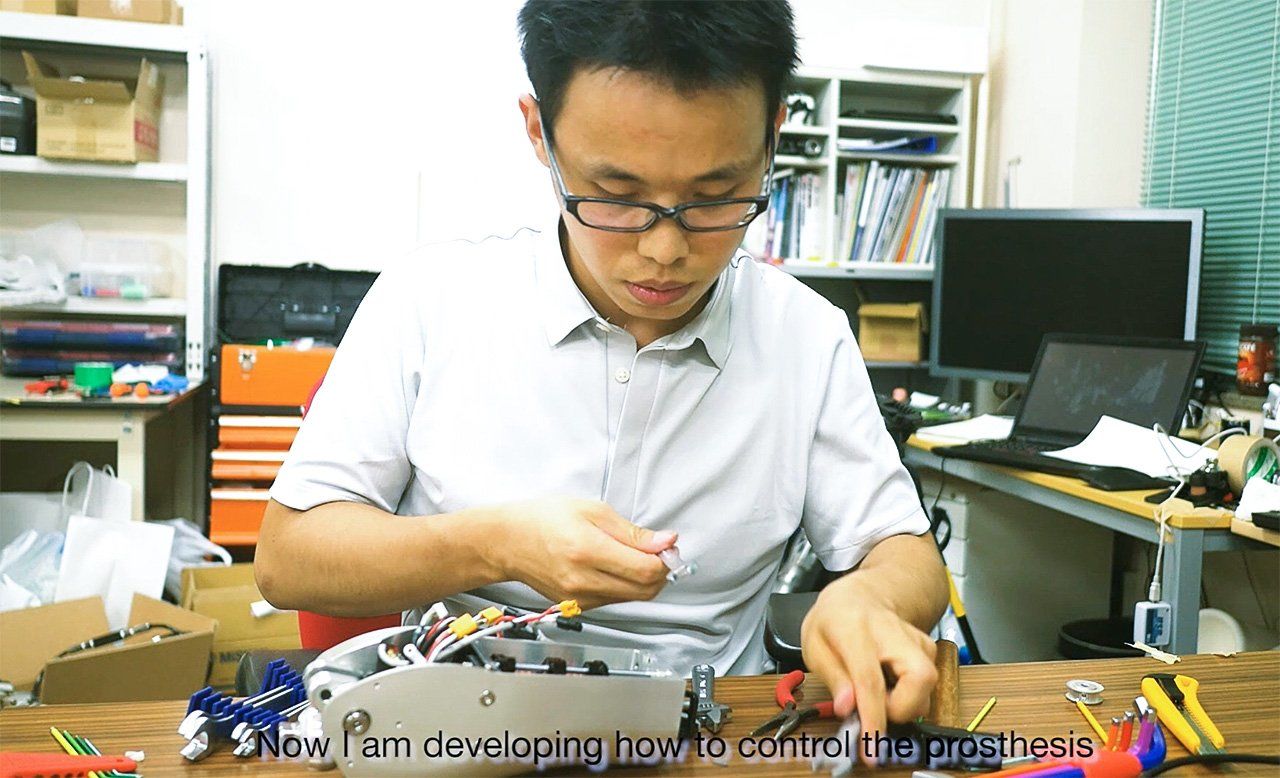
In the lab at University of Tokyo.
“Once I had acquired the skills to develop bionic legs I ultimately wanted to work for a prosthetics manufacturer. I applied for an internship with a German manufacturer that was a world leader in the field, but heard nothing back. I realized that after finishing my doctorate there was no guarantee that I would be able to get a job somewhere that would let me develop prosthetics as I wanted. This made me decide to set up my own company,” says Sun.
The turning point came when the Sun’s team’s entry in one of the world’s largest industry expos, SXSW in Austin, Texas, won the Interactive Innovation Award. Past recipients of this award include the likes of Twitter and Airbnb. Suddenly, his outfit—which would go on to become BionicM—was in the spotlight.
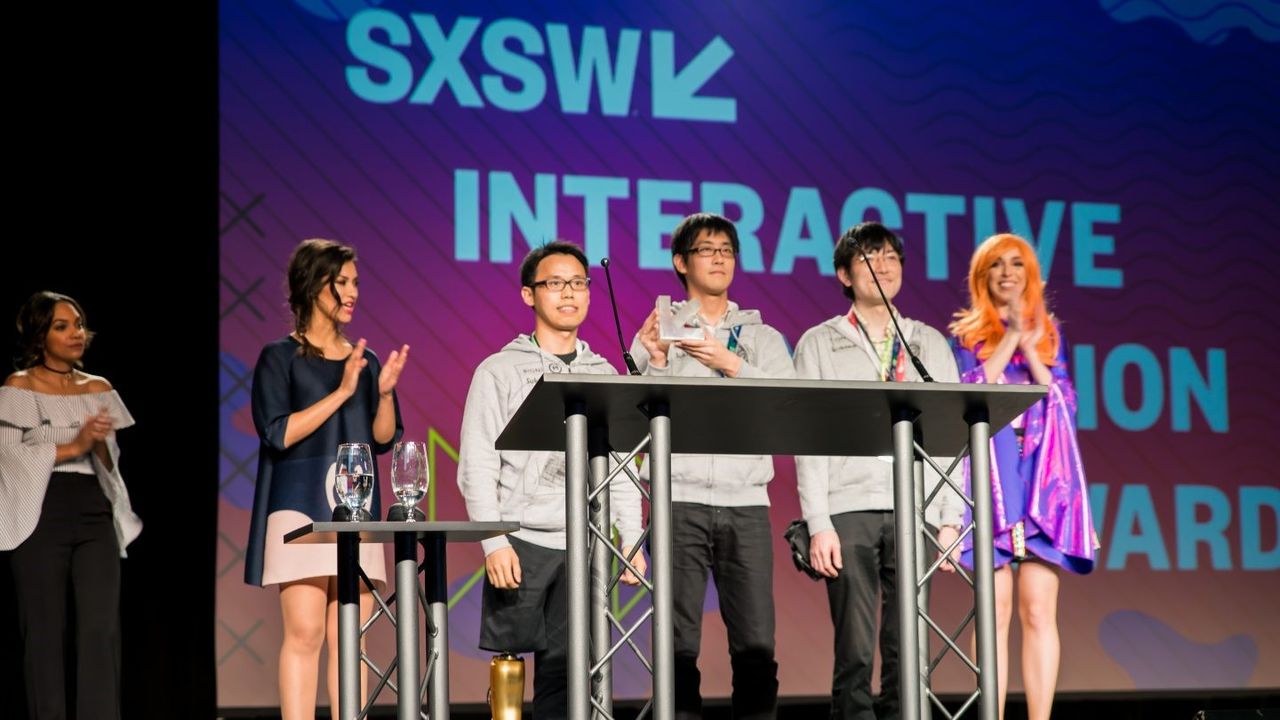
Winning the Interactive Innovation Award at SXSW.
“Integrating robotics with the human body is a technically difficult endeavor. I believe the judges liked the concept of an innovative prosthetic that would enhance its users’ mobility. While the prosthetic was still at the development stage, our demonstration gave people some idea of what the technology could achieve,” says Sun.
While the recognition at SXSW meant he had achieved his goal of getting the word out about his invention to many people, including investors, the prosthetic still “was not advanced enough to be usable in day-to-day life,” he notes.
Making Prosthetics Cool
A major hurdle in the development process was the need to make the prosthetic lighter, safer, and more durable.
“A prosthetic must be powerful enough to support the wearer’s weight using only the small area of the cross-section of the leg. At the same time, a prosthetic is something you wear, so making the leg lighter was imperative. Prosthetics have to be durable, too, as they are used every day. They can also be dangerous if they do not perform the correct actions based on the wearer’s posture and movements. Predicting the wearer’s moves and controlling the prosthetic so that it properly complements the wearer’s body is a very difficult task,” says Sun.
Design was important, too. “Many prosthetics users keep their artificial limbs hidden, but I wanted to change that. No one wants to lose a leg, but for those who are forced to, I wanted to create a ‘cool’ prosthetic that felt like a part of your body that you would feel happy showing off as part of your look,” says Sun.
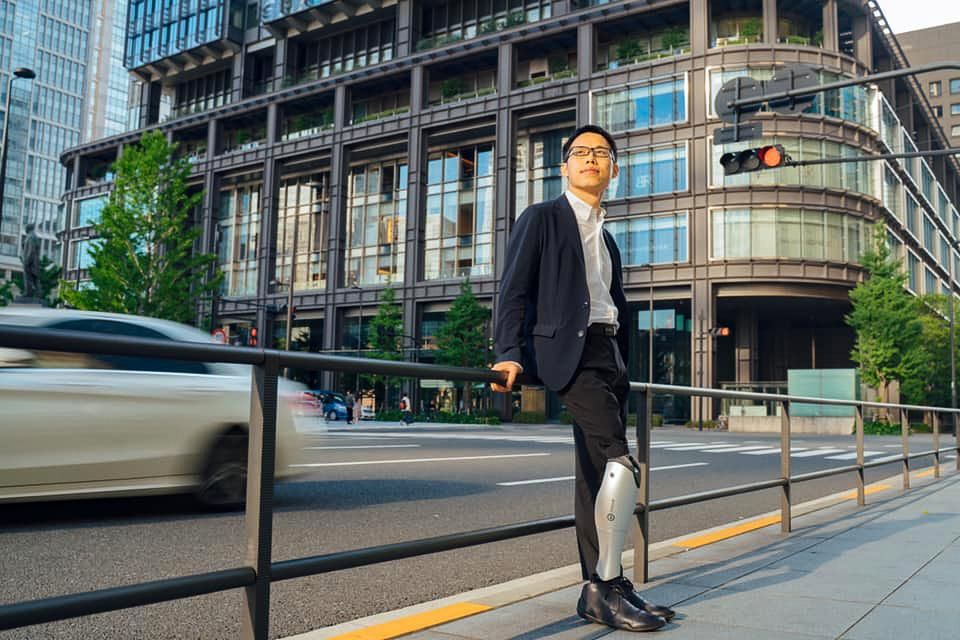
Sun wanted the prosthetic to be fashionable.
Leveraging the University of Tokyo Brand
In December 2018, Sun established BionicM. The following year, University of Tokyo Edge Capital Partners (UTEC), a venture capital firm that supports University of Tokyo–based start-ups, invested in BionicM. The company’s office is located in an on-campus incubation wing for start-ups.
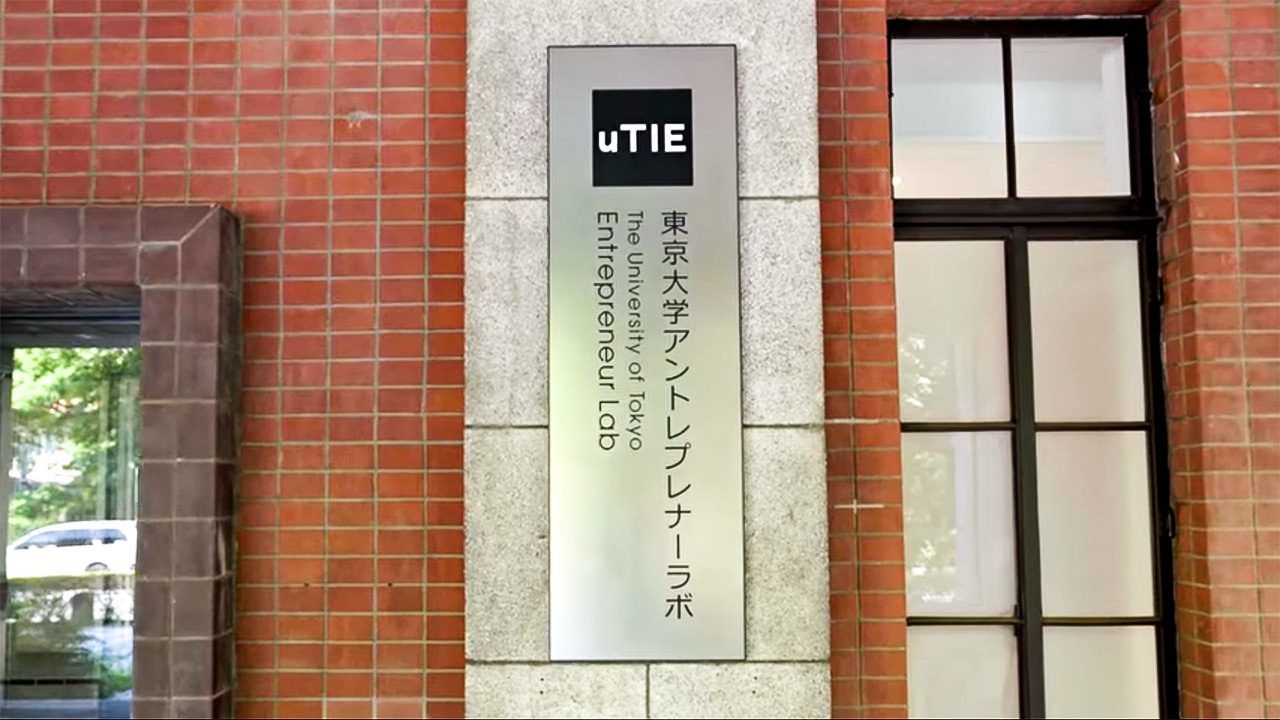
BionicM is based in the University of Tokyo’s “entrepreneur lab.”
“With a start-up, you’re starting from nothing, you’re an unknown quantity, and it’s difficult to raise funds. Our stamp of approval as a research and development project hailing from the University of Tokyo has earned us recognition in the business world,” says Sun.
Sun says that it was only because in his first three years he was able to leverage the reputation of the university, the robotic skills he learned in the lab, the facilities available to him, and the various achievements of other researchers that he was in a position to launch the leg on the market just two a half years after founding his company.
In 2020, Sun raised a total of ¥550 million through a third-party share allocation and at the same time established a subsidiary in Shenzhen to handle the company’s Chinese operations. He says that he wants to roll his invention out to prosthetics users around the world, starting with Japan and China.
A World of Free Movement for All
BionicM currently has 17 employees who bring with them a range of specialist knowledge and skills, including electronics, software engineering, physiotherapy, and prosthetic fitting (which is a nationally recognized qualification for prosthetics craftspersons). Drawing on their respective viewpoints, these employees worked as a team to develop the bionic leg.
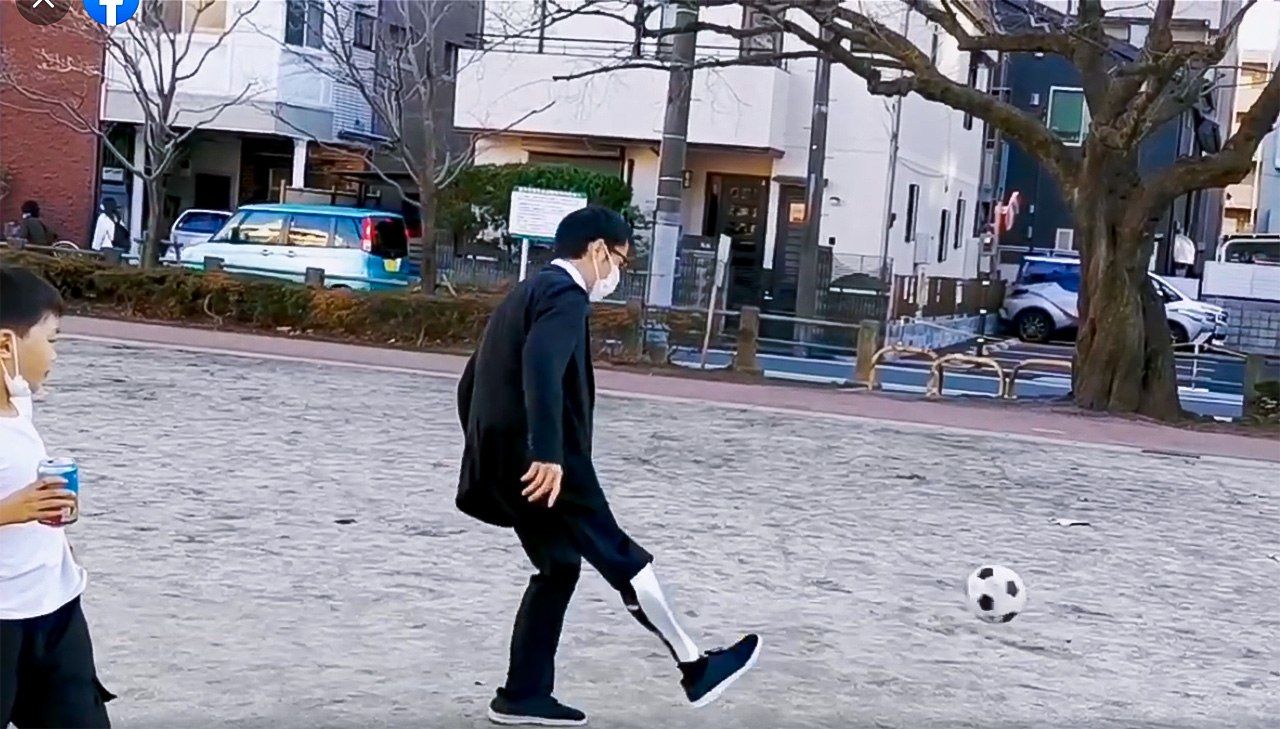
Sun plays soccer with a prosthetic he designed himself.
While the technical challenges had now been mostly resolved, challenges remained in the form of reducing costs.
Prosthetic limbs are generally expensive items, with the cost of traditional prosthetic legs ranging from tens of thousands of yen up to ¥1 million. The only motorized prosthetics currently available are manufactured by an Icelandic company, and cost over ¥10 million each.
“We’re still considering pricing. It’s going to be difficult to launch the prosthetic at a low price. In order to get it to as many users as possible, however, we have to reduce costs and bring down the price as much as possible. We need to be innovative, not only in terms of technology, but also in our business. I’m going to explore arrangements that make it easier to purchase prosthetics, including financing and leasing schemes,” says Sun.
While Sun’s focus is currently getting a foothold in the prosthetics market, in future, he is considering offering a range of services and developing new products.
“Our bionic limb is fitted with sensors that collect gait data on a daily basis. By analyzing this data, we can visualize a wearer’s gait—for example, looking at the way the load is balanced between the left and right legs, whether the knee joints are bending properly, and whether the wearer’s movements are similar to those of an able-bodied person. By feeding this information back to the users, we are able to advise them on healthier ways of walking. There are lots of possibilities for making use of the data,” says Sun.
Sun says that in addition to prosthetics, he also wants to try developing mobility devices and power suits that help frail and elderly people to walk.
“It’s completely possible to leverage robotics technology to develop a device that complements the knee joints of elderly patients to help them walk. I also think it’s possible to create a ‘powered suit’ that you wear like a pair of trousers, as opposed to the full-body suits that are used at rehabilitation centers. Such a suit would be strictly to support people in their day-to-day lives. I believe I have a mission to create a world where disabled and elderly people are able to walk freely and independently,” says Sun.
(Originally published in Japanese, based on an interview by Itakura Kimie of Nippon.com. Banner photograph © Nippon.com; all other images courtesy of BionicM.)
Paralympics University of Tokyo robotics disabled startup companies
